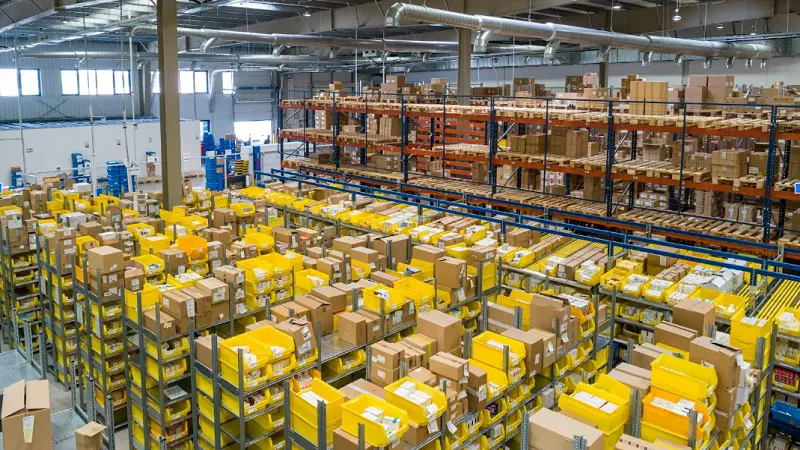Effective warehouse management is a vital component of a successful supply chain. With the correct resources and tools, businesses can ensure that their warehouse operations are running smoothly and efficiently.
These resources not only optimize inventory management but also enhance productivity, accuracy, and safety within the warehouse environment. Keep reading to uncover key strategies and tools that can empower your warehouse operations to meet the demands of the fast-paced logistics industry.
Essential Management Software for Streamlining Warehouse Operations
Technology has transformed modern warehouses, with ERP software leading the way in streamlining inventory management, order processing, and workforce coordination. These systems provide real-time data analytics, reducing errors and improving efficiency. By integrating various warehouse functions, they help businesses optimize inventory levels, cut costs, and scale operations as needed.
In addition to improving internal workflows, ERP software enhances communication with suppliers and customers while ensuring compliance with industry regulations. Understanding what is a COI is also crucial in warehouse operations, as a Certificate of Insurance provides proof of coverage, protecting businesses in transactions and contracts.
Adopting Automation and Robotics to Enhance Efficiency
Automation has significantly transformed the warehouse industry, reducing manual labor and minimizing injury risks. Robotic systems and automated guided vehicles (AGVs) efficiently move goods, reducing human workload and ensuring flexibility. These robots can handle various inventory items, from small components to heavy pallets, thanks to smart programming and artificial intelligence.
Automation also offers 24/7 operational capability, reducing labor laws and lead times for inventory restocking and order fulfillment. It also contributes to a safer work environment by taking over dangerous tasks and improving workplace efficiency. This shift towards robotics leads to direct financial savings through reduced labor costs and less product damage due to human error.
Training and Development Programs for Warehouse Staff
Training and development are crucial for a productive, knowledgeable, and safe workforce in warehouse operations. Comprehensive training programs improve staff proficiency in operating equipment, managing inventory, and ensuring safety protocols. Continuous development opportunities demonstrate a company’s investment in its workforce, resulting in a stable and experienced team.
Quality training equips staff with best practices and the latest technological tools, preparing them to adapt to changes with minimal disruption to workflow. An engaged and educated workforce contributes to a positive company culture that prioritizes efficiency and quality. Staff who understand their role in the supply chain are more likely to take ownership of their responsibilities and contribute to overall operational success.
Inventory Tracking Systems: Key to Avoiding Stock Discrepancies

Reliable inventory tracking systems are crucial for maintaining optimal stock levels and reducing overstocking or stockouts. They provide detailed insights into product life cycles, alert warehouse employees to expiration dates or seasonal changes, and track products in real-time using barcode scanning or RFID technology.
Inconsistencies can be easily identified through robust inventory tracking systems, which integrate with procurement processes to automatically generate purchase orders when stock levels reach predetermined thresholds. A transparent inventory system builds trust and can be a decisive factor for clients when selecting a supplier, improving customer satisfaction and loyalty.
The Role of Data Analytics in Optimizing Warehouse Performance
Data analytics in warehouse operations allows for strategic decision-making by identifying trends and inefficiencies. It helps managers implement targeted improvements and monitor key performance indicators (KPIs) like order turnaround time, picking accuracy, and inventory turnover rates. This helps set realistic goals for enhancement.
Data analytics also has predictive power, allowing warehouses to anticipate demand fluctuations and equipment failures before they occur, preventing costly downtime and lost productivity. It also fosters collaboration across departments, synchronizing activities and improving overall supply chain performance. Collaborative analytics ensures everyone is working from the same baseline and focused on common goals.
Altogether, warehouses that leverage the right resources, including state-of-the-art software, automation, staff training, inventory systems, and data analytics, stand the best chance at achieving peak efficiency and productivity. These tools are the foundation for a modern, responsive, and competitive warehouse operation.




